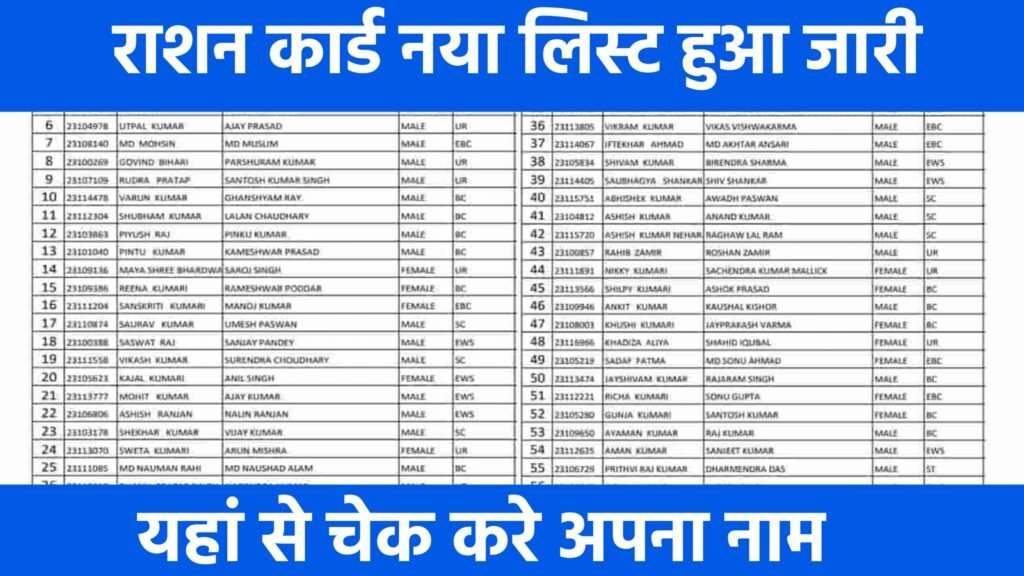Best High-Interest Savings Accounts in Canada for 2025
As Canadians look to navigate the financial landscape in 2025, high-interest savings accounts (HISAs) continue to be a popular choice for people who want to grow their money securely, without taking on the risks of the stock market. With inflation rates stabilizing and the Bank of Canada’s monetary policies shaping interest rates, 2025 offers exciting opportunities to maximize your savings in these no-risk accounts. In this blog, we’ll walk you through the best high-interest savings accounts in Canada for 2025, covering the key features, top interest rates, and which banks and credit unions are offering the best returns on your savings.
Canadians have access to over 100 different types of bank accounts, according to the Canadian Bankers Association. If you’re looking to accelerate your savings, it might be time to consider a high-interest savings account (HISA). While the standout feature of a good HISA is its attractive interest rate, there are other factors to consider when comparing accounts. Many HISAs also offer low transaction fees, minimal service charges, and even opportunities to earn cash back. Below, we’ve rounded up some of the top high-interest savings accounts available, so you can make an informed decision and choose the right account to help grow your savings with confidence.
What is a high-interest savings account (HISA)?
A HISA is a savings account that pays a better rate of interest than standard savings accounts. HISAs are offered widely by a variety of banks, credit unions and other financial institutions. This type of account allows you to safely and securely set aside money and earn a modest return without losing the ability to access that money anytime. It’s also great for short or medium-term savings that want to be able to withdraw from than later. People will often use a HISA to save for big expenses or financial goals, like a wedding, the down payment on a home, a vacation or for an emergency fund. HISAs are also smart places to stash some money during times of uncertainty or during economic downturns.
The difference between a high-interest savings account and a regular savings account
The main difference between a standard savings account and a HISA is the interest rate. As suggested by its name, a HISA pays a slightly higher rate than a standard savings account, allowing savings to grow quicker. It may, however, be subject to withdrawal or transfer limits, transaction fees or minimum balance requirements. A standard savings account is a good place to keep surplus cash you don’t need for everyday transactions (use a chequing or hybrid account for those needs). A HISA, on the other hand, is a better choice for holding savings that are geared toward a particular goal, such as paying for home renovations or university tuition.
How to choose a high-interest savings account
With so many choices, it can be difficult to know which HISA is best for you. Compare these factors to decide.
- Interest rate: The higher the interest rate, the better for you, but make sure the rate on offer outpaces the rate of inflation—otherwise, your money will gradually be worth less than before, even after factoring the interest gains. According to the Consumer Price Index, the current inflation rate in Canada is 1.6%. Cash signing bonuses or higher promotional rates are great, but also keep in mind that the long-term interest rate is more important than a short-term introductory rate.
- Service fees: It pays to check whether your HISA charges fees for transactions like withdrawals.
- Conditions: With some HISAs, there are conditions on how much you can withdraw, when you withdraw, or minimum balances.
- Security: Ensure that your deposits are protected against bank failure. Most banks offer Canada Deposit Insurance Protection (CDIC) that typically covers up to $100,000 per account. Some smaller banks and credit unions use a provincial insurer.



